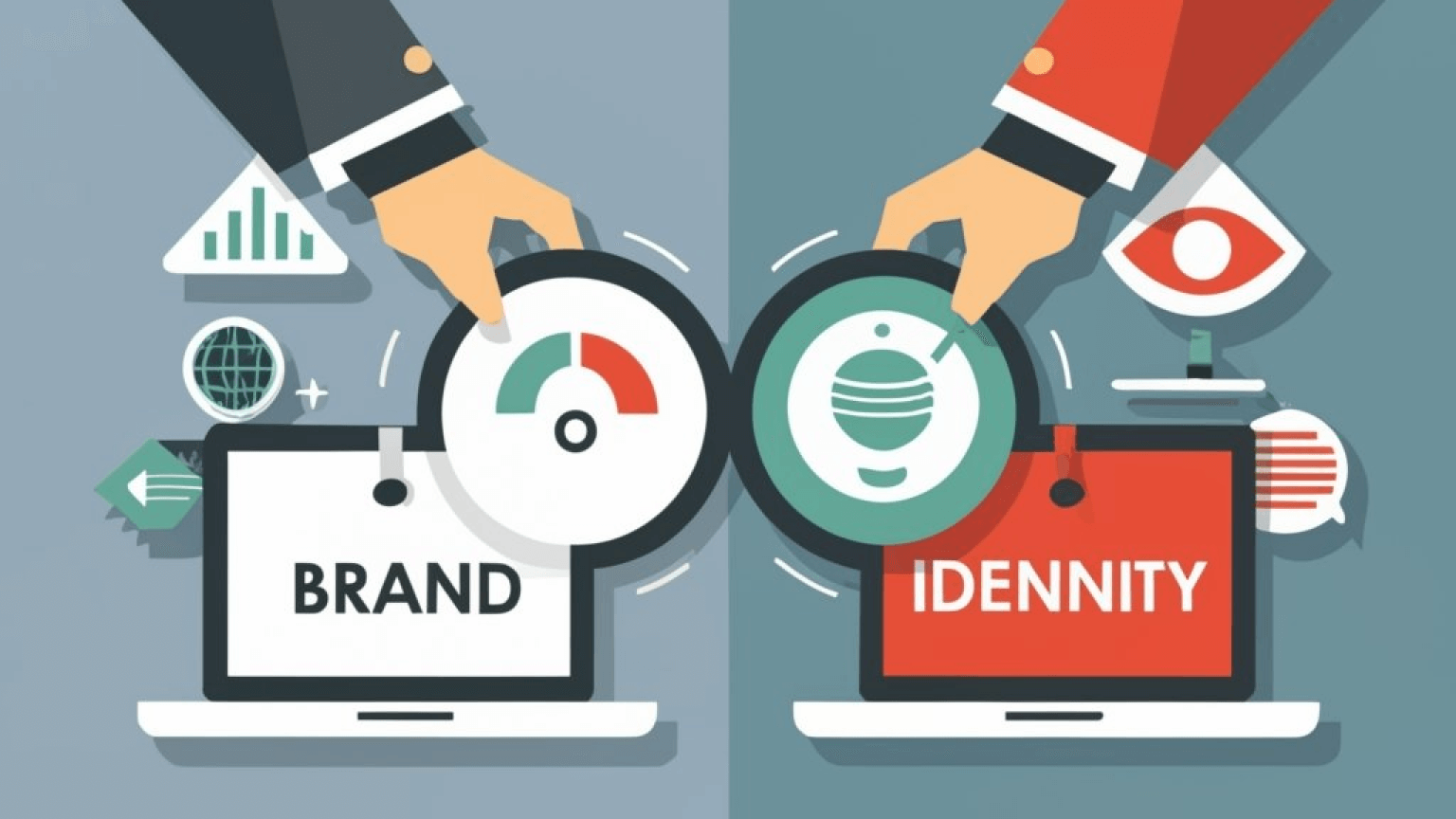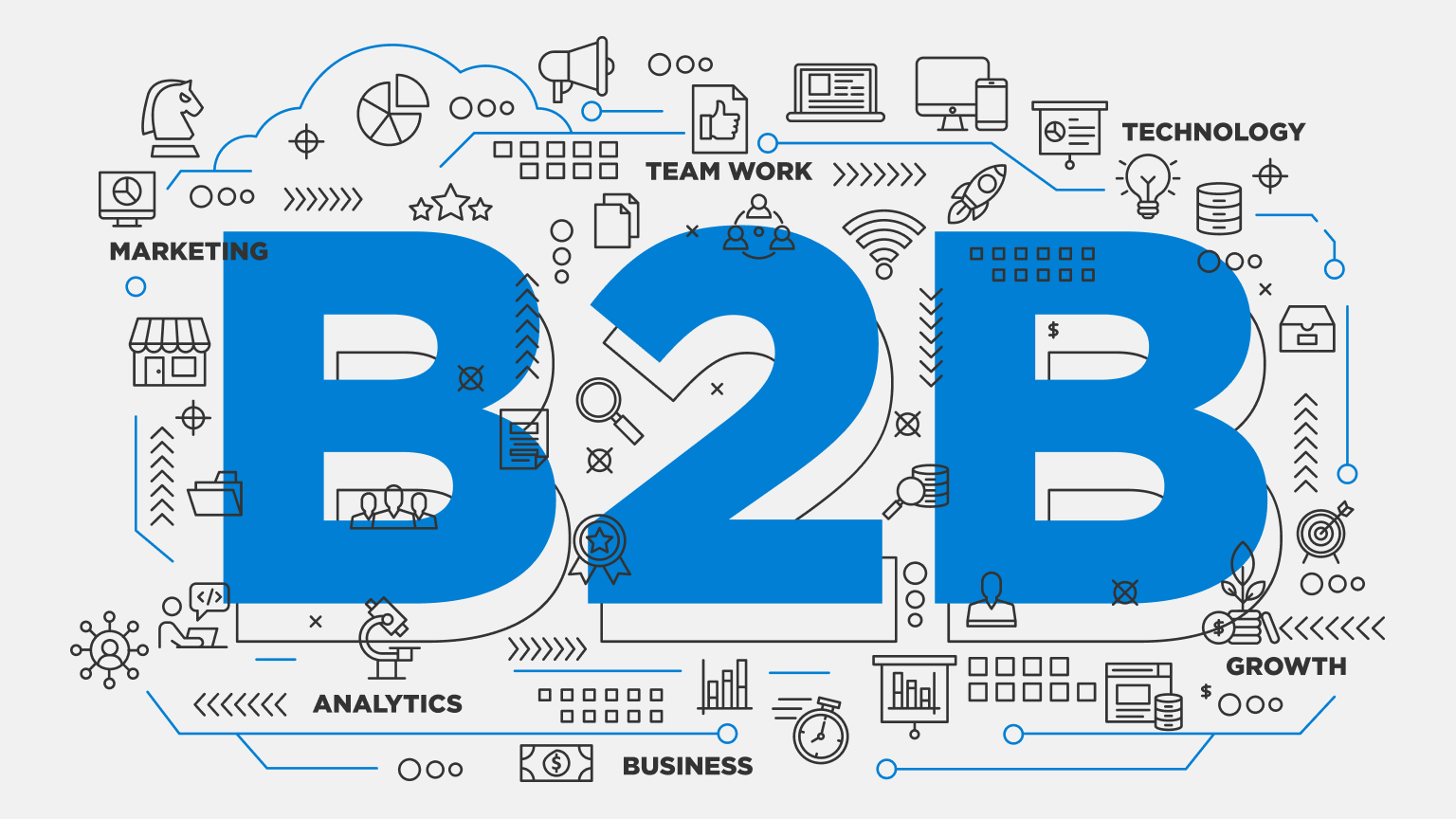When it comes to building a successful business and fostering customer loyalty, the concepts of branding and brand identity often come to the forefront. As experts in this field, we believe it's essential to understand the difference between branding and brand identity, as well as their unique roles in the world of marketing and business strategy. In this introductory section, we will clearly outline the distinctions between these two key terms, ensuring you have a strong foundation upon which we can delve deeper into each concept.
Join us as we explore the intricacies of branding vs brand identity, and learn how these vital elements combine to create a powerful market presence for your business. Together, we'll uncover the secrets behind tailored branding strategies and cohesive brand identities, empowering you to make the most well-informed decisions for your organization's future success.

Demystifying Branding in the Modern Market
In today's complex and ever-evolving business landscape, a strong brand has become integral to a company's success. In this section, we delve into the realm of branding, providing a definition, examining its historical evolution, and highlighting the crucial role it plays in modern businesses. By using real-life examples and acknowledging the contributions made by influential brands, we will demonstrate that branding transcends the realm of marketing to encompass a deeper, more emotional connection between a company and its customers.
Defining Branding in Business
At its core, branding is the process by which a company establishes a distinct image, reputation, and identity in the minds of consumers. This process involves the creation, development, and management of various brand elements, such as visuals, messaging, and personality. Renowned brands such as Apple, Nike, and Coca-Cola have successfully differentiated themselves from competitors through appealing and consistent branding, ultimately fostering trust and loyalty among their target audience.
The Evolution of Branding Through Time
Branding has evolved significantly over the years, beginning with simple marks or symbols on goods, which served the purpose of signifying ownership or origin. With the advent of mass production and global trade, branding gained strategic importance as businesses sought to distinguish their products amidst an increasingly competitive marketplace. In the contemporary era, the importance of branding and brand identity has only increased, encompassing not just product differentiation but also fostering emotional connections and delivering on customer expectations.
Why Branding is Crucial for Success
Understanding the role of branding and brand identity in modern businesses is essential to achieving continued success. A compelling brand has the power to differentiate a company from its competition, build trust and credibility with consumers, and generate a strong customer following. Moreover, effective branding can evoke positive emotions and establish a deep, lasting connection with customers, inspiring loyalty and driving long-term growth. Ultimately, branding is no longer just an ancillary marketing function, but a crucial aspect of a company's overall strategy and long-term success.
Exploring the Core of Brand Identity
Delving deep into the essence of brand identity, we aim to uncover its fundamental importance and the role it plays in the larger branding strategy. Brand identity can be understood as the tangible and distinctive collection of brand elements that work synergistically to convey an organization's ethos, values, and ambitions. In this section, we will explore how a robust brand identity helps shape the perception customers develop about a brand, ultimately contributing to the success of the business.
When we discuss branding and brand identity, it's essential to remember that they are intrinsically linked, with brand identity serving as a crucial part of the overall branding process. A well-defined and visually appealing brand identity can greatly enhance recognition, memorability, and trustworthiness among your target audience. As customers interact with your brand across various platforms, a consistent and effective brand identity becomes an invaluable asset in shaping their perception of your organization.
Many successful businesses have invested time and resources into building a powerful brand identity that resonates with their audience. For instance, Apple's sleek design and minimalist approach has become synonymous with luxury and innovation, effectively setting them apart from their competitors. Similarly, the iconic Starbucks green mermaid logo and Starbucks-branded packaging immediately evoke a sense of warmth and familiarity in customers, leveraging the power of a strong brand identity for continued success.
In conclusion, understanding the core of brand identity plays a pivotal role in crafting a comprehensive branding strategy. As we've explained, brand identity encompasses the tangible and visually distinctive elements that represent your organization's values, ethos, and ambitions, setting the foundation for customer perceptions and creating lasting impressions. Cultivating a robust and consistent brand identity should be a priority for businesses seeking to establish and maintain a competitive edge in their respective markets.

The Unique Elements of Brand Identity
In this section, we dive into the various elements that make up a brand's identity, showcasing their individual importance and how they all come together to create a cohesive image. Understanding these aspects and how they contribute to the overall branding vs brand identity simplified discussion can offer invaluable insights for businesses aiming to strengthen their market presence.
Visual Components: Logos, Colors, and Typography
Visual components are arguably the most recognizable aspects of a brand identity. A memorable logo, such as Apple's iconic apple with a bite taken out, serves as an instant identifier for the brand. Similarly, color schemes and typography can evoke distinct emotions and associations that people connect with the brand. For instance, Coca-Cola's red and white color palette is synonymous with the beverage company, making it instantly recognizable worldwide.
Auditory and Sensory Elements of Brand Identity
Auditory components, like jingles or theme songs, also contribute to a brand's identity, leaving lasting impressions in the minds of consumers. For example, Intel's five-note sequence or McDonald's "I'm Lovin' It" tune have become unmistakable auditory brand cues. Sensory elements, such as scent or touch, play a significant role as well; consider the special feel of a Tiffany & Co. jewelry box or the distinctive aroma wafting from an Abercrombie & Fitch store.
Crafting a Consistent Message With Your Brand Identity
A successful brand identity relies on consistency across all visual, auditory, and sensory components. By maintaining a coherent message, businesses can build strong emotional connections with their audience and foster greater brand recognition. Take Nike, for example: the "Just Do It" tagline and swoosh symbol are consistent throughout their various touchpoints, which has contributed to the brand's global success.
In conclusion, a well-rounded brand identity involves a synthesis of visual, auditory, and sensory elements, all working together to communicate a company's values and vision. Understanding these nuances of branding vs brand identity simplified can empower businesses to carve out their unique space in the market and create meaningful connections with customers.

Branding vs Brand Identity Explained
In this penultimate section, we aim to clarify the distinction between branding and brand identity by combining the insights explored in previous sections. Gaining a thorough understanding of these differences is essential for businesses striving to create lasting impressions and foster strong relationships with their target audience.
The primary difference between branding and brand identity lies in their scope and focus. Branding encompasses a wider, holistic process of brand development and management. It deals with all aspects of a brand's market presence, from defining brand values and mission to customer experiences and communication strategies. On the other hand, brand identity hones in on the visual and sensory signifiers of a brand, including logos, typography, color schemes, and auditory elements.
Essentially, branding sets the foundation and direction for a business, while brand identity serves as the tangible representation of that foundation. To put it another way, branding outlines the promises a business makes to its customers and shapes their emotional connection, whereas brand identity expresses those promises through visual cues and sensory experiences.
Recognizing the difference between branding and brand identity offers a clear perspective on how each element is indispensable for well-rounded brand development. By understanding their unique roles, businesses can make better strategic decisions and build compelling and authentic brands that stand the test of time.
Conclusion
In this article, we explored the distinct roles and importance of branding and brand identity for a successful business. As we reflect on the key takeaways, it becomes even more evident how crucial it is to comprehend the subtleties of these concepts to make better strategic decisions and create a compelling brand presence.
Summarizing the Distinct Roles of Branding and Brand Identity
Branding encompasses the broader, holistic process of brand development and management, while brand identity focuses on the visual and sensory signifiers of a brand. A well-defined brand identity comes hand-in-hand with an effective branding strategy, both playing pivotal roles in forging a strong connection with customers and standing out in the market.
How Understanding Differences Enhances Strategic Decisions
Grasping the difference between branding and brand identity empowers businesses to make informed strategic decisions. By considering these unique aspects, a company can build a consistent and cohesive message, align with its target audience, and ultimately establish a more profound connection with its customers. A comprehensive understanding of branding and brand identity will be instrumental in designing a successful marketing plan.
Final Thoughts on Branding vs Brand Identity Simplified
As we conclude our in-depth exploration of branding and brand identity, it becomes clear that both elements are integral to the success of a business. By distinguishing between the two concepts and recognizing their importance, businesses can build genuine and lasting relationships with their customers. With a newfound clarity on branding vs brand identity, you are now equipped to make better-informed decisions in your branding journey.
Also read
FAQ
What is the main difference between branding and brand identity?
Branding refers to the broader, holistic process of brand development and management, encompassing a company's mission, values, and reputation. Brand identity, on the other hand, focuses on the visual and sensory signifiers of a brand, such as logos, colors, typography, and other design elements that make a brand instantly recognizable.
Why are branding and brand identity important for my business?
Both branding and brand identity play crucial roles in shaping your company's market presence. Effective branding fosters an emotional connection with your audience while a well-crafted brand identity ensures consistency across all touchpoints, ultimately enhancing customer trust, loyalty, and brand recognition.
How do branding and brand identity differ from brand image?
Brand image refers to how your brand is perceived by your audience, whereas branding and brand identity focus on the strategic and visual aspects of creating, developing, and managing your brand. While branding and brand identity influence your brand image, the latter is primarily shaped by customers' experiences and interactions with your company.
What are the key visual elements of a strong brand identity?
A strong brand identity encompasses several visual elements, such as a distinctive logo, a well-thought-out color scheme, and consistent typography. These components work synergistically to create a cohesive and instantly recognizable look and feel for your brand, improving customer recall and loyalty.
Can you give some examples of successful branding and brand identity in the real world?
Some brands that have successfully leveraged both branding and brand identity include Apple, Nike, Coca-Cola, and McDonald's. These companies have expertly crafted their unique brand identities through consistent visual elements and have developed strong branding strategies, connecting with customers through shared values and experiences.






































